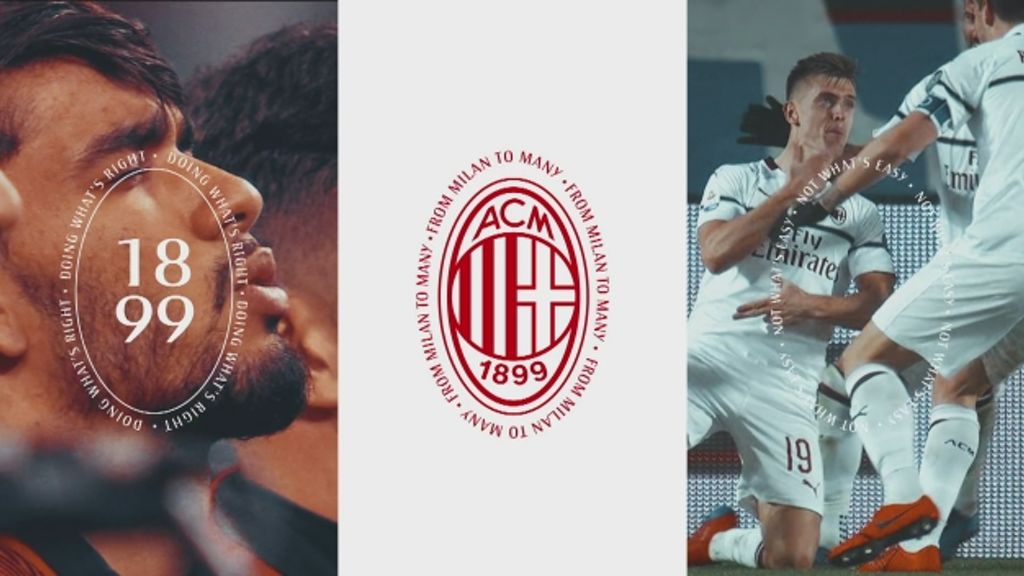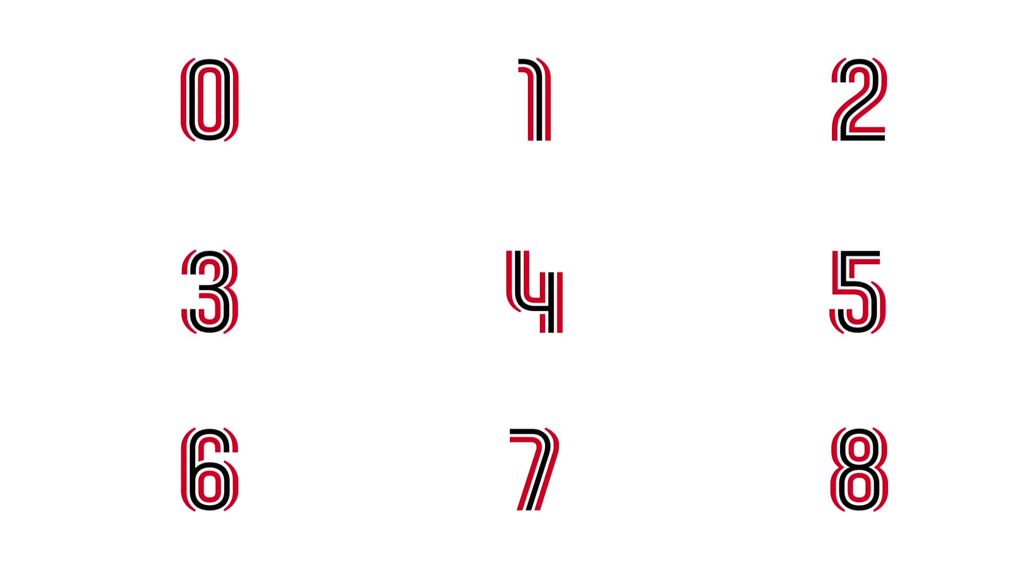It’s the start of the year, when our social feeds become filled with posts from experts telling you what the upcoming trends are for the year ahead and why you must pay attention to them.
My advice would be to avoid trends wholesale. What really matters are shifts.
I’ve always found this a tad tiresome. Every trend has already come to pass at some point before. It is an ongoing cycle. If something is ‘on trend’ it means it is - to take a phrase from the fashion industry - already at the ‘wear end’ of its cycle. In other words, if it’s on trend, you’re already late to the party.

Above: The trend for flat design.
My advice would be to avoid trends wholesale. What really matters are shifts. Shifts drive meaningful change in our society. Shifts happen at moments of significant cultural or technological progress, when a development changes the zeitgeist and gives people new values or habits. Trends are the micro-response to these macro-shifts.
Looking at trends is more opportunistic than it is creative or inventive.
An example of this was the trend for flat or reductive design that became popular following the emergence of apps. The need arose due to the technological limitations of smartphones and devices of the time and then became a dominant trend that influences app design to this day (despite the modern capabilities of smartphones meaning this is no longer necessary). This also means that the design is now not servicing the needs of the end user.
Looking at trends is more opportunistic than it is creative or inventive. Large brands often find themselves latching onto popular trends when it’s too late. They pick up the habits and codes from their industry peers and rivals. They look at each other, and slowly and surely, they homogenise.
We call this ‘the Sea of Sameness’; a place where your brand and your competitors occupy the same spot in the minds of audiences.
Tapping into trends can be effective in reaching mass audiences in the short term, possible short-cut to signify a brand offer or positioning. But the pitfalls of letting current trends influence design can lead to long term stagnation for brands.
This is a dangerous environment for any brand. At DixonBaxi we call this ‘the Sea of Sameness’; a place where your brand and your competitors occupy the same spot in the minds of audiences. Differentiation is an immensely powerful thing and the design and communication of a brand must work ceaselessly to achieve this.

Above: Apple's sleek and distinct branding sets it apart.
The great brands of our time have used design to self-determine and set their own trends. Look at Apple and Nike, or even more recently with media businesses like VICE and Channel 4. These brands own a distinct style and voice which vastly separate them from their competitors in the minds of audiences.
What do all these brands have in common? They don’t look at trends. Instead they have brave and disruptive thinking hard-wired into their organisations. These brands go above and beyond to understand how they exist in the lives of their customers and can then push boundaries to satisfy these needs and differentiate themselves from the competition.
These brands own a distinct style and voice which vastly separate them from their competitors in the minds of audiences.
It’s not easy to transcend trends. We recently worked with one of the world’s biggest football clubs - AC Milan - to develop a new club identity and reinterpret the brand for a modern, international audience. AC Milan is a brand which is applied on a massive scale, with 120 years of history and 450 million fans around the globe.
AC Milan – Sempre Milan
AC Milan – AC Milan Motion Language
Above: DixonBaxi's work for AC Milan.
You can’t create a brand identity that will last for the next 100 years by looking at the trends of today. Knowing this, we created a narrative that not only encompassed the legendary players who have worn the shirt and the famous victories and trophies, but also reflected aspects from fashion, lifestyle and Italian culture while creating a space for the talent and successes of tomorrow. It also incorporated that all important asset, the fans themselves.
Your work needs to reflect your unique perspective on the world.
Following trends as a designer means you are not being true to yourself creatively. It leads to the creation of work which seeks validation rather than differentiation. It damages your confidence and creative spirit. Your work needs to reflect your unique perspective on the world. It needs to show how your vision can deliver an original attitude for the brands you create.
It’s about having disruptive thinking revealed through habits and behaviours.
It’s not about jumping on a trend because that’s what is hot right now, it’s about having disruptive thinking revealed through habits and behaviours. Letting this mindset dictate your design is more impactful than any fad or trend could ever be.
)




 + membership
+ membership










